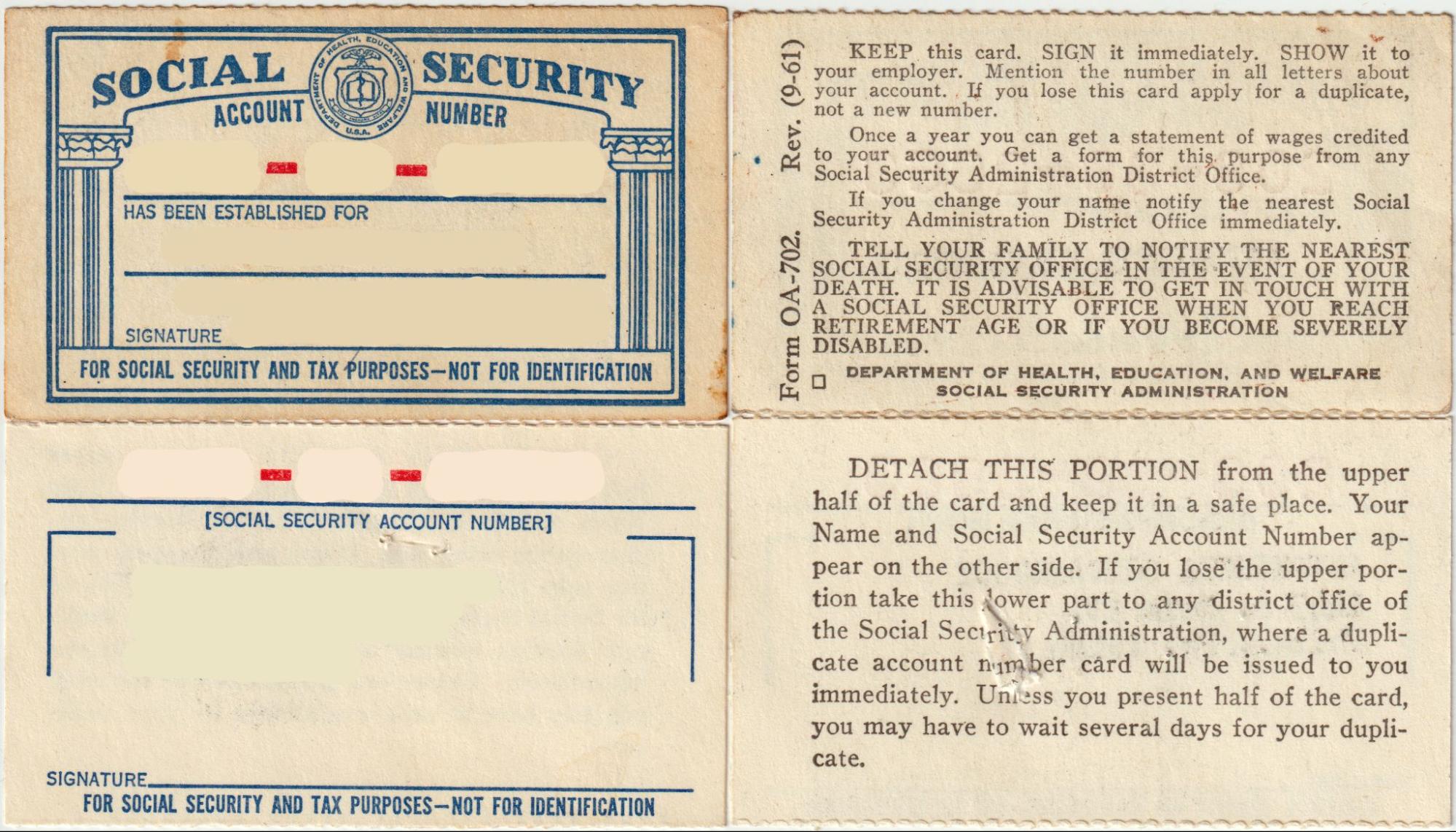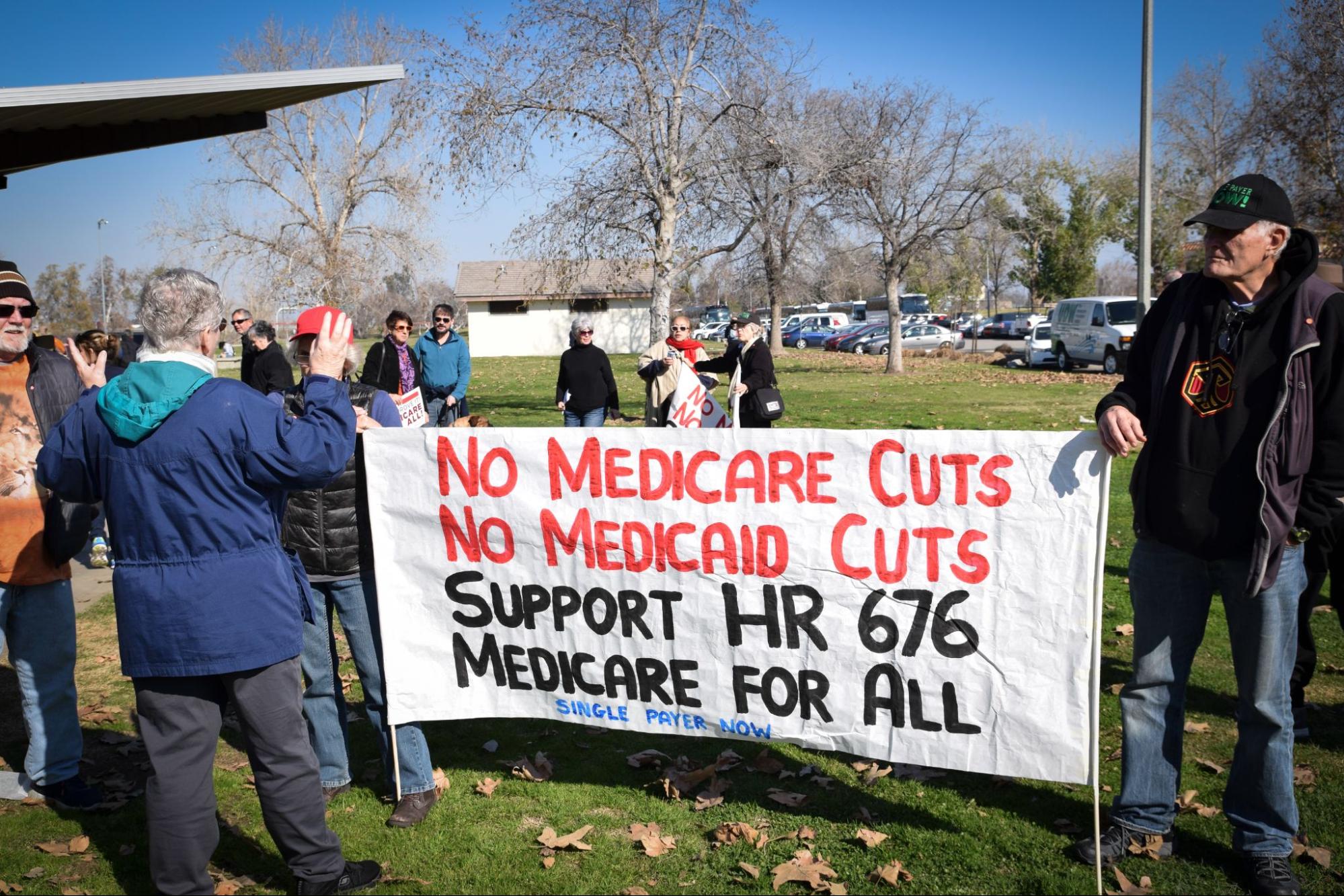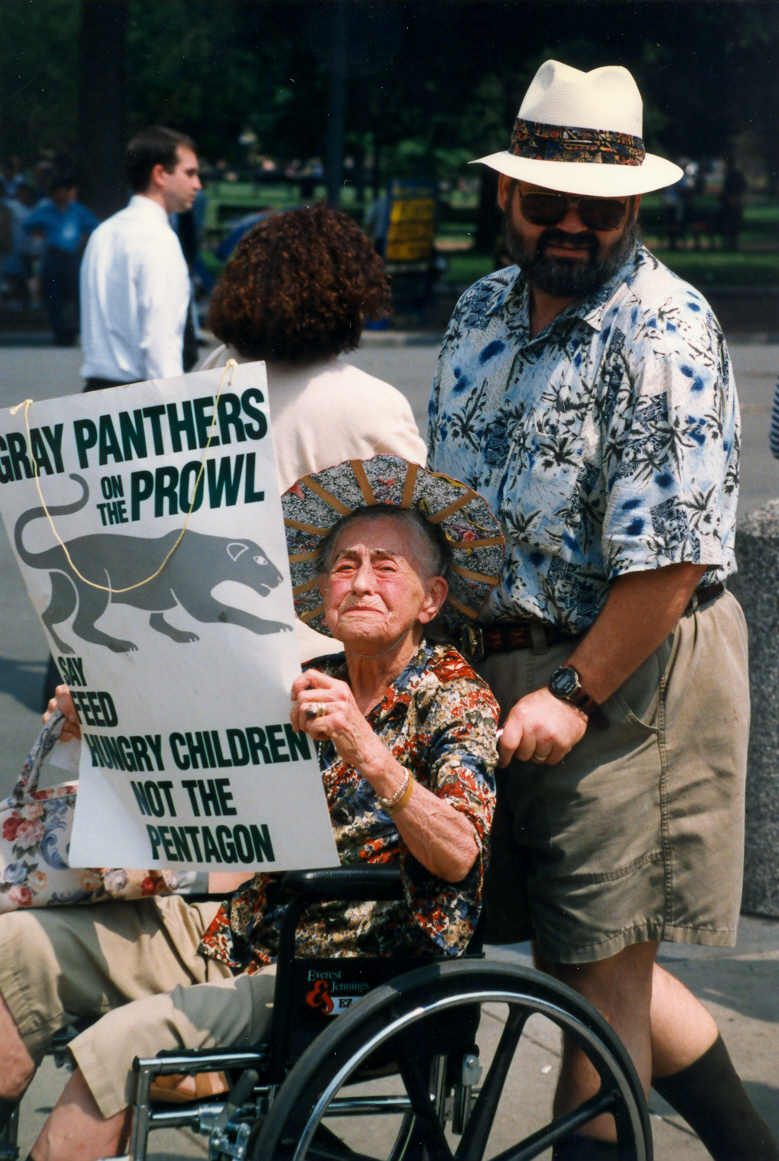9.5 Programs That Assist Older Adults
As we delve deeper into this chapter, it’s crucial to understand the needs of older adults and the services available to them. Given that older adults often require specialized care, it’s essential to reflect on our personal experiences with them, the kind of relationship we share with them, and our cultural experiences. This includes understanding the various factors influencing their lives, such as their health status, social support systems, and living arrangements. It’s also essential to consider the expectations of care they may have as they age, including medical care, assistance with activities of daily living, and emotional support.
By taking a holistic approach to understanding the needs of older adults, we can better appreciate the unique challenges and opportunities that come with aging. This knowledge can enable us to work toward meeting the needs of older adults more effectively, whether through developing specialized care programs or advocating for policy changes that support their well-being. Ultimately, by prioritizing the needs of older adults, we can create a society that is more inclusive, fair, and just for people of all ages.
Social Security
The Social Security Act of 1935 was aimed at solving the problem of poverty among the American elderly. It was modeled after a similar program in Germany. The original premise was fairly simple: workers would pay a portion of their earnings into a fund until retirement. A person’s social security card, depicted in figure 9.11, includes an account number issued at birth. Upon retirement, these workers could then receive monthly payments to furnish a base income. Several other benefits have been added over the years, such as income benefits for those considered disabled, widows, and minor children of workers who die before retiring.

The money collected from workers is held in a separate fund from the regular federal budget, known as the Social Security Trust Fund. There have been many myths and false statements floating around about this fund for decades. One of the biggest concerns is the trust fund running out of money as more and more workers live longer and fewer workers enter the workforce. Most reliable sources state that the trust fund will cease breaking even and begin to spend down the balance sometime between 2035 and 2040. This does not mean that the fund will “go broke.” It means that the fund, which has been collecting more money each year than it has been dispensing, will cease building a balance and will begin spending more than it brings in. This does not mean that Social Security will disappear, although this may impact the amount paid to retiring workers. Many solutions are being considered, including raising the retirement age, raising the amount taken from wages, and privatizing the entire program.
Medicare
Medicare is a healthcare program specifically for older adults and is not limited by income level. One way to remember the difference between Medicare and Medicaid is that aid is given to anyone who needs help because they cannot access care on their own; care is given to those who need regular health care assistance. Thus Medicaid is for lower-income individuals who need help covering their health needs, and Medicare is for older Americans who utilize care more often. Technically, Medicare is for anyone 65 years of age or older, people of any age who have certain disabilities, and those with permanent kidney failure, all of whom may need much more care than the general population.
Because older Americans utilize medical services more often, Medicare has become the largest contributor to health care coverage in the United States. Since it is not an insurance program for those experiencing lower income and poverty, it is not as integral in helping those without insurance become insured. This means it has had few major structural changes after the implementation of the ACA in 2010.
Medicare is by no means perfect, as the various parts of the program are coordinated differently and can be confusing for those utilizing the benefits, specifically Parts C and D (Kronenfeld, 2011). It also does not cover treatment in long-term care facilities, which is an important concern for some who are eligible for Medicare (Austin & Wetle, 2012). However, it is still a prominent piece in the continued coverage of people who have reached retirement age and may have lost their insurance when they stopped being employed. As our older adult population grows, Medicare will continue to play an important role in how this group pays for their medical needs. To be clear, many people reach retirement age in the United States and are working well past that due to the inability to work full time because of their financial needs overall in their life.
Where policy fails, human services workers have a responsibility to intervene on behalf of all those who live in the United States yet do not have that access to affordable health care. We need to be aware of community resources available to clients who otherwise have little or no health coverage. In policy practice, we need to help evaluate the implementation and effects of the ACA, recommend and work for any needed positive changes, and assist state and local governments and agencies to ensure the law is being implemented correctly.
Medicaid
Medicaid offers a health care coverage solution for low-income individuals and families, including children, those who are pregnant, people experiencing a disability, and those older adults the government considers seniors. However, healthy women and children who are otherwise uninsured have historically made up the majority—70 percent—of those enrolled in Medicaid programs (Kongstvedt, 2009).
Medicaid is a fee-for-service coverage program that limits how much state governments pay directly to providers for specific services. Many states work with managed care organizations to provide care through a network of various providers. This is how the vast majority of Medicaid recipients are served (Centers for Medicare & Medicaid Services, n.d.). Medicaid has been expanded by the ACA to allow more Americans to utilize these programs and provide options for states to further increase eligibility requirements as they see fit.
States still have much say in how they implement these programs. However, the passing of the ACA has allowed the federal government to increase eligibility, expand coverage, and adjust minimum regulatory drivers behind the program to reduce the number of uninsured Americans who are not receiving the care they deserve or require. There is far more to be done to secure the human right to adequate health care, and as figure 9.12 indicates, policy relies on advocates to support and raise awareness.

The changes made to these programs align legislation’s foundational ideas by improving quality of care and expanding treatment, especially for those who have historically received lower levels of service from health care providers. People covered under these programs may still have nominal co-payments, co-insurance requirements, deductibles, and premiums—including for prescription medication and emergency room visits—but how much they pay out-of-pocket is limited by federal mandate.
In addition to trying to increase the number of those with adequate insurance, Medicaid, similarly to the ACA, is working to reduce the actions taken by insurance companies, healthcare providers, and patient consumers that contribute to the increasing medical care costs. For instance, going to the emergency room for non-emergency purposes is one thing directly addressed by Medicaid.
Those with low income and no insurance who cannot afford to go to the doctor for what many people see as a minor health issue, such as a cold, have few options for care. Since emergency rooms cannot turn anyone away, an individual can go to the ER for antibiotics or other treatment and care that should be available at a physician’s office. Medicaid charges premiums for non-emergency use of emergency rooms as a means of trying to curb this behavior and help lower costs for care overall.
Older Americans Act
The recognition of struggles faced by older Americans was the impetus for creating the Older American Act of 1965, which was designed to support a wide range of social services and programs for individuals aged 60 years or older. According to the Administration on Aging (n.d.):
Congress passed the Older Americans Act (OAA) in 1965 in response to concern by policymakers about a lack of community social services for older persons. The original legislation established authority for grants to States for community planning and social service research and development projects, and personnel training in the field of aging. The law also established the Administration on Aging (AoA) to administer the newly created grant programs and to serve as the Federal focal point on matters concerning older persons. (para. 1)
Basically, the Older Americans Act, in line with the provisions of the Administration on Aging, provides services and programs focused on alleviating societal woes of older Americans that are regulated and overseen by state governmental bodies. These services and programs are offered through various social service and health care agencies, both public and private not-for-profit. While the AoA does the most to meet needs with programming and information, there are other governmental programs and policies for the older population as well.
Advocacy Groups
Advocacy groups are vital organizations that support older adults by raising targeted issues to the public’s attention and addressing them through legal and other means. These groups are crucial in driving positive change and meeting seniors’ needs and rights.
Advocacy groups partner with state and federal lawmakers to advocate for programs that support seniors. They focus on a wide range of issues that impact older adults, including access to affordable housing, medical care, food security, elder abuse prevention, and poverty alleviation. By raising awareness of these problems and advocating for solutions, advocacy groups can help seniors receive the support they need to lead fulfilling lives.
One of the most prominent and influential advocacy groups for seniors in the United States is AARP (formerly known as the American Association of Retired Persons). AARP advocates for various issues that impact seniors, such as prescription drug costs; dental, vision, and hearing coverage; support for informal caregivers, affordable housing; and age-friendly communities. As the nation’s most prominent nonprofit, nonpartisan organization dedicated to empowering people to choose how they live as they age, AARP is a force for good in the lives of older adults.
Another essential advocacy group is the Gray Panthers, depicted in figure 9.13, a network of local chapters that takes an intergenerational approach to combating ageism and advocating for social justice issues that impact older adults. The Gray Panthers ensure that seniors are treated with respect and dignity and that their voices are heard in critical policy and program conversations. They believe civic participation and responsibility are fundamental to achieving social justice and peace.

The Diverse Elders Coalition (DEC) is another vital advocacy group that works to improve aging in our communities as racially and ethnically diverse people. The DEC is “made up of six national organizations representing a growing majority of millions of older people throughout the country: American Indian and Alaska Native Elders; Asian American, Pacific Islander, and Native Hawaiian, older adults; Black and African American older adults; Hispanic and Latinx older adults; and lesbian, gay, bisexual, and transgender (LGBT) older adults. By advocating for policy changes and programmatic solutions that respond to this demographic shift and remove barriers facing their communities, the DEC envisions a world where all older adults can live entire and active lives as they age” (Diverse Elders Coalition, n.d., para. 2).
In conclusion, advocacy groups are essential in supporting and advocating for older adults. They are critical in meeting seniors’ needs and rights and driving positive change to improve their lives. The impact of advocacy groups, such as AARP, the Gray Panthers, and the Diverse Elders Coalition, cannot be overstated, and their work is crucial in creating more age-friendly communities and a better world for older adults.
Licenses and Attributions
“Programs That Assist Older Adults” by Yvonne M. Smith LCSW is licensed under CC BY 4.0. Revised by Martha Ochoa-Leyva.
Administration on Aging. (n.d.a). Older Americans Act. Retrieved from http://www.aoa.gov/AoA_Programs/OAA/index.aspx 4/6/2022.
Center for Medicaid and CHIP Services. Children’s Health Insurance Program Financing, https://www.medicaid.gov/chip/financing/index.html, retrieved 8/23/2022.
Mick Cullen, Matthew Cullen Social Work and Social Welfare: Modern Practice in a Diverse World (2nd Edition) Chapter 12-Healthcare and Disabilities and Chapter 15-Aging and Older Clients CC BY-NC 4.0. Edited for clarity, brevity, and addition of examples.
Social Security Administration, History of Social Security, https://www.ssa.gov/history/ retrieved 4/6/2022.
Figure 9.11. Social Security card by N Giovannucci is licensed under CC BY-SA 4.0.
Figure 9.13. Gray panthers on the prowl by Elvert Barnes is licensed under CC BY 2.0.

